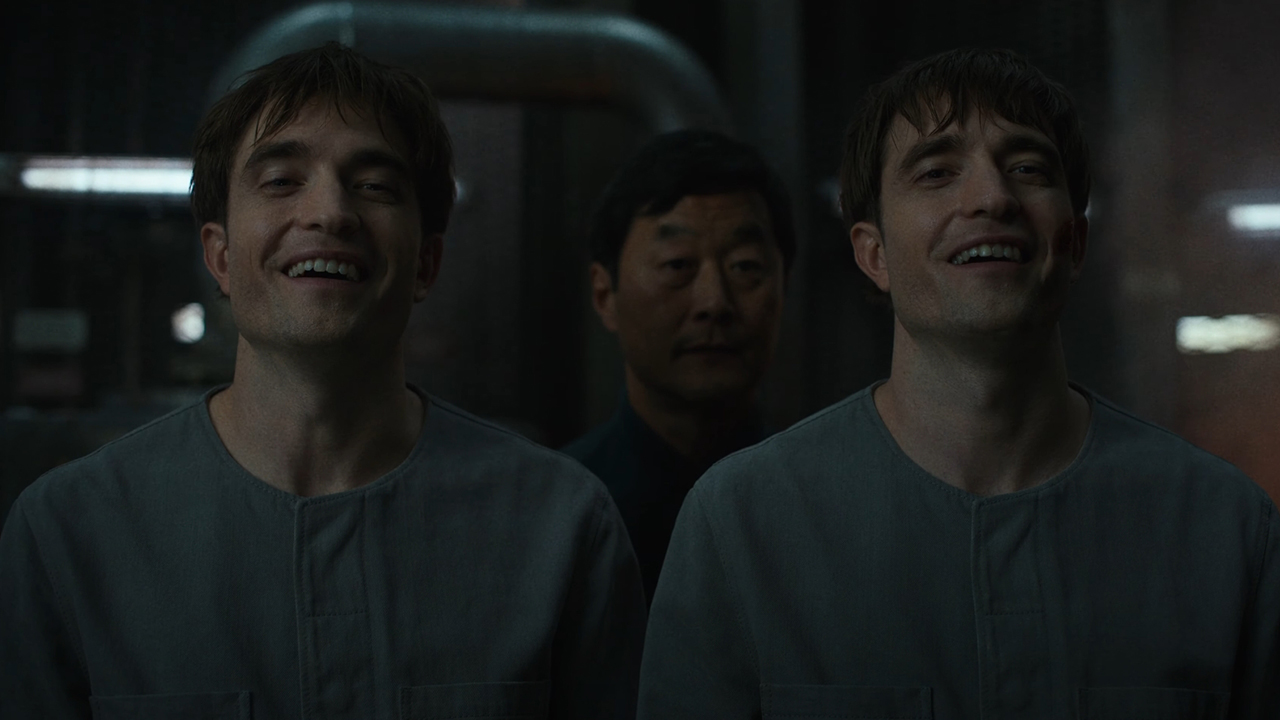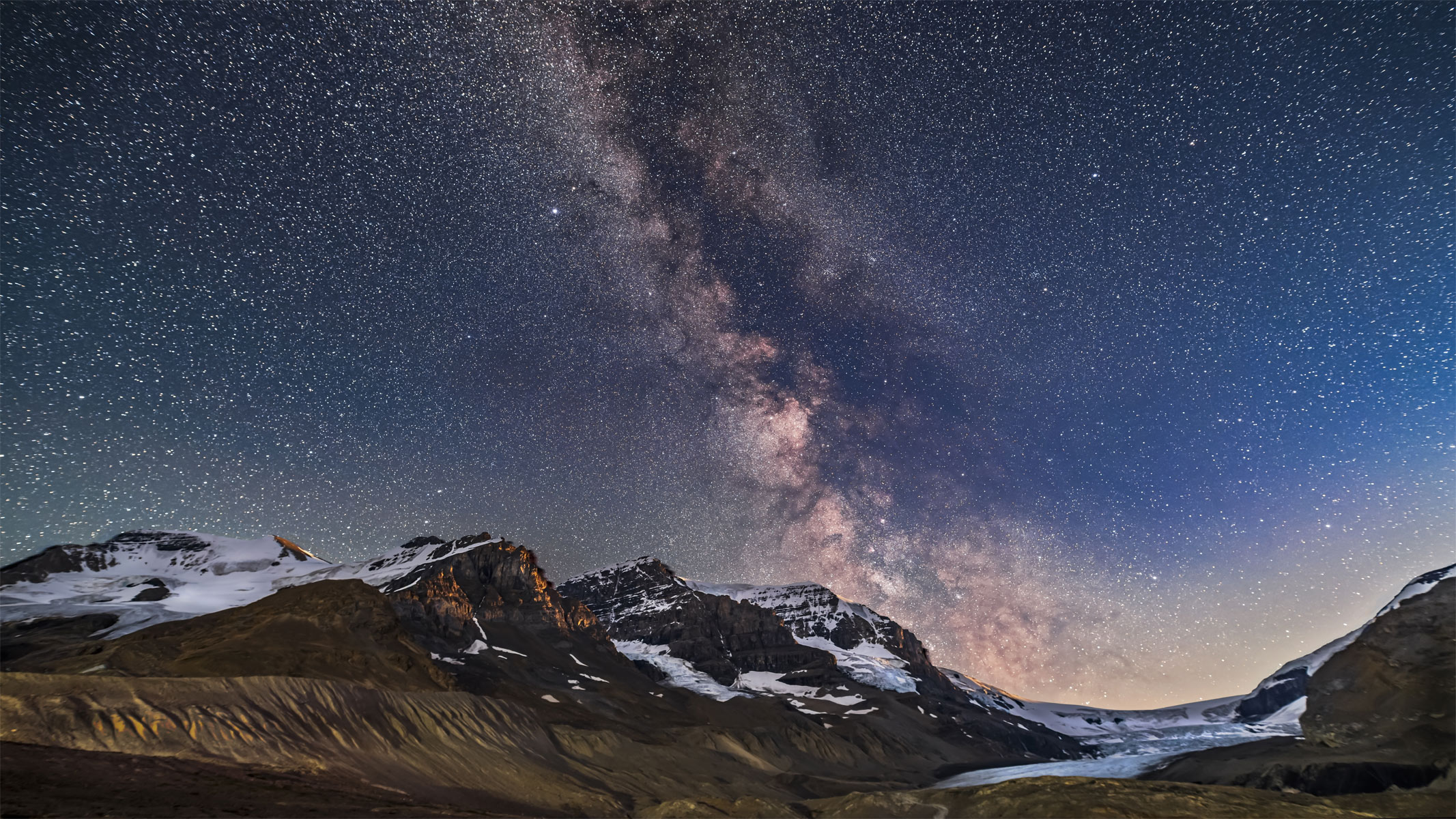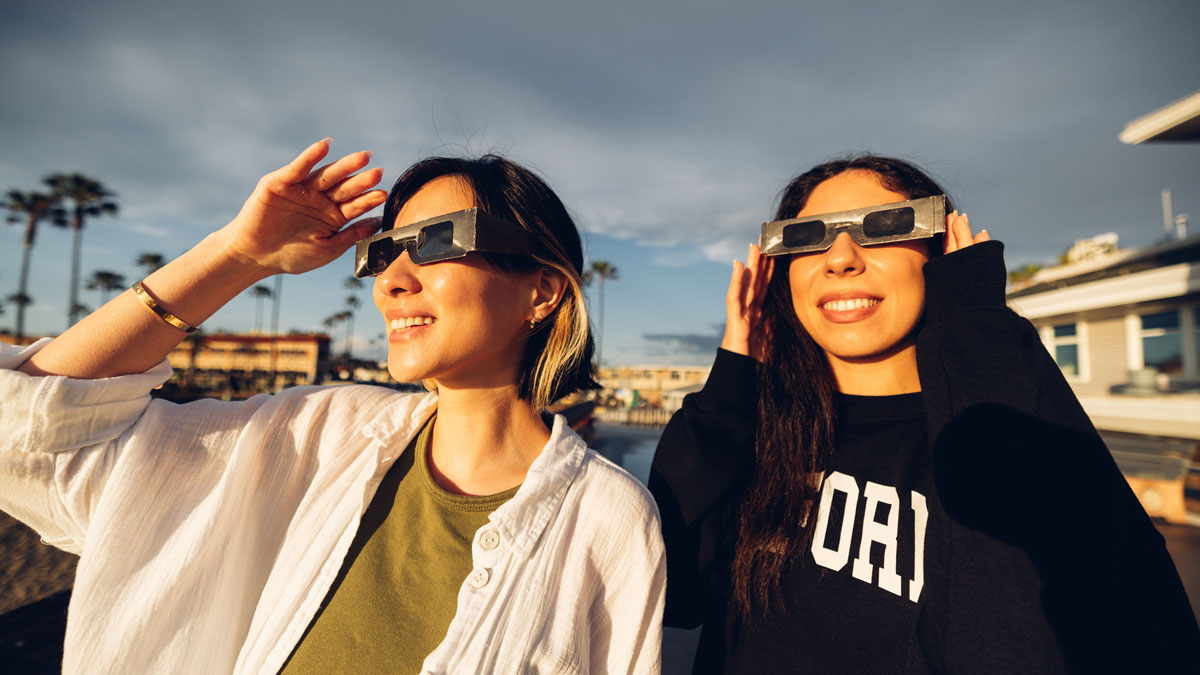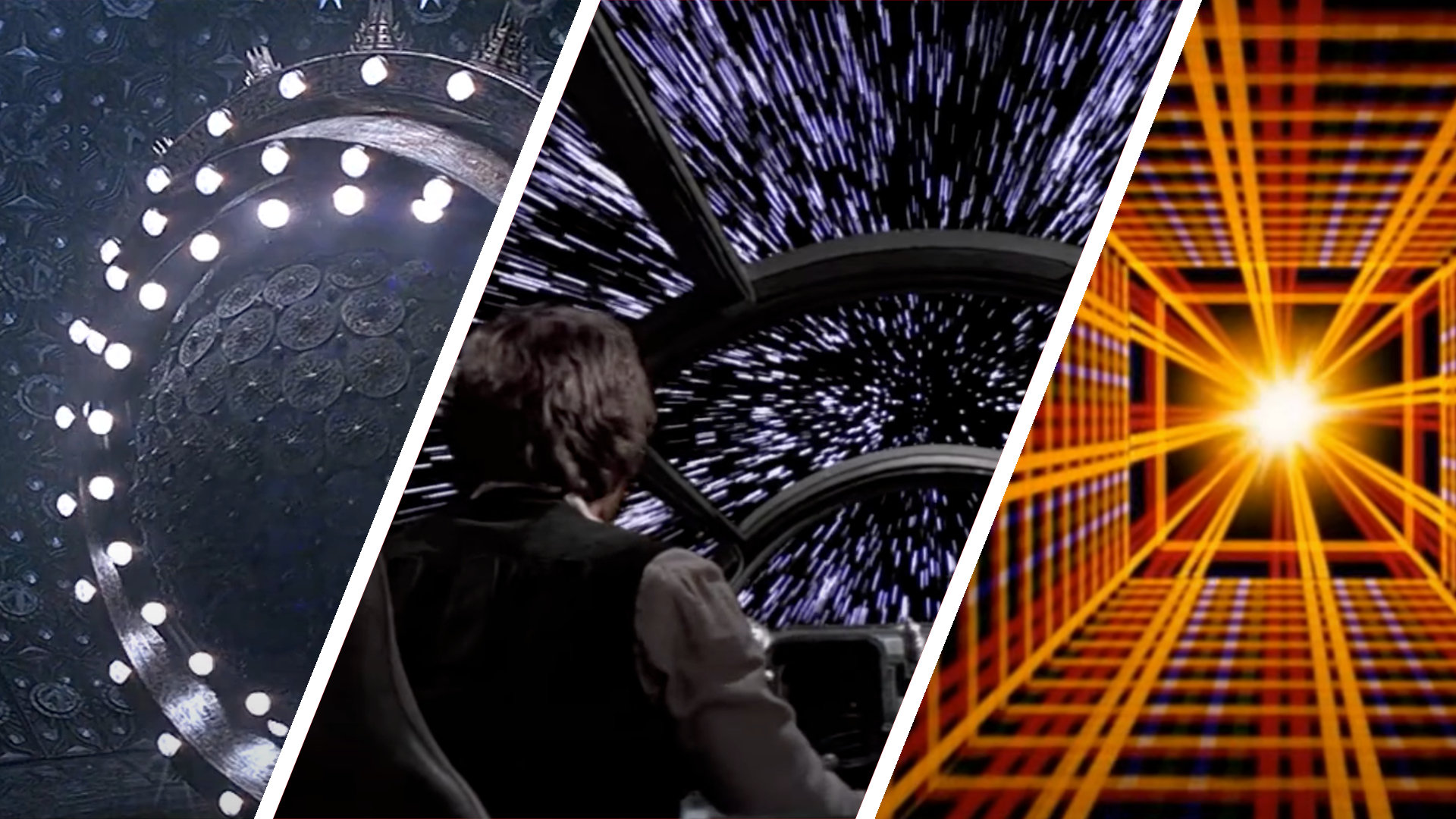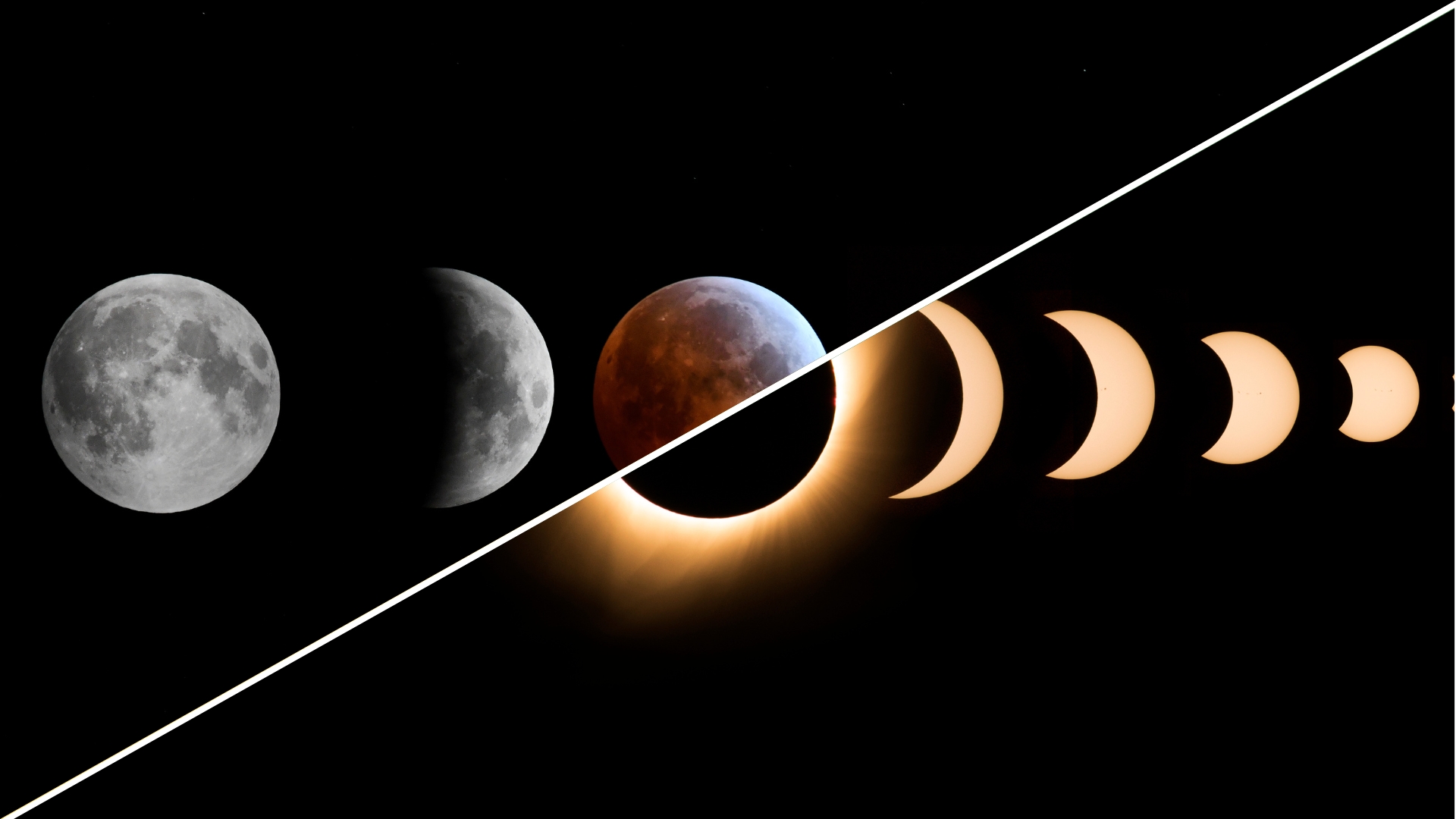Best locations for astrophotography and skywatching 2025
Want to take your stargazing experience to the next level? Wave goodbye to light pollution with the best locations for astrophotography and skywatching, and advice to make the most of them.
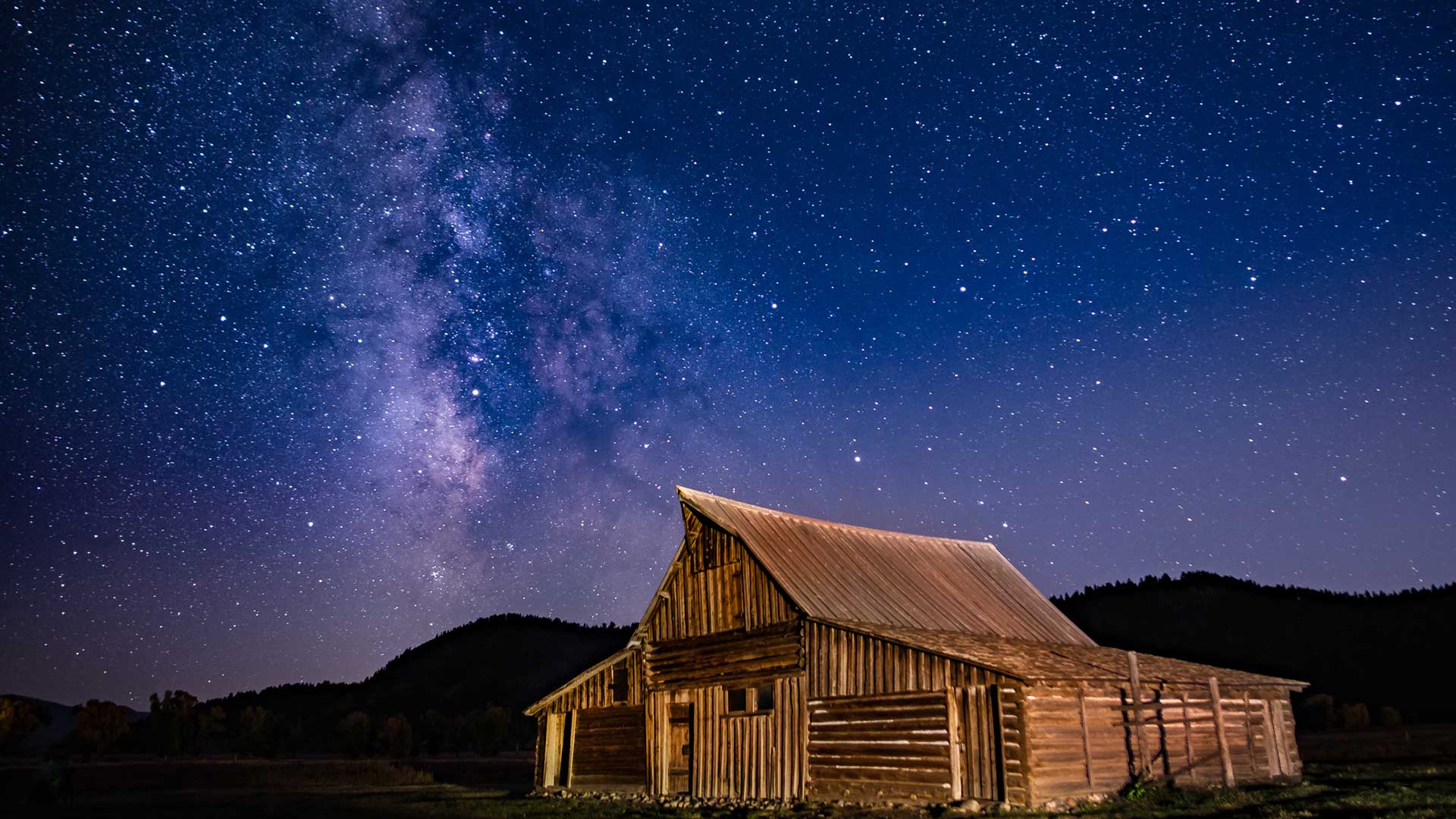
We all look up at the same sky but, depending where you live, light pollution can be a significant issue. Venus, Mars, Jupiter and Saturn line up in January and as impressive as this planetary parade is, glare and light trespass can hamper your efforts to observe it.
That's why you will want to consider the best locations for astrophotography and skywatching. But where do you go? The International Dark-Sky Association (IDSA) has a map of nearly 250 places where light pollution is non-existent, including 155 such places in the USA.
Their catalog includes; parks, reserves, sanctuaries, urban night sky places and international night sky communities. We have pored over this impressive list to bring you the best locations for astrophotography, as well as tips for making the absolute most of them.
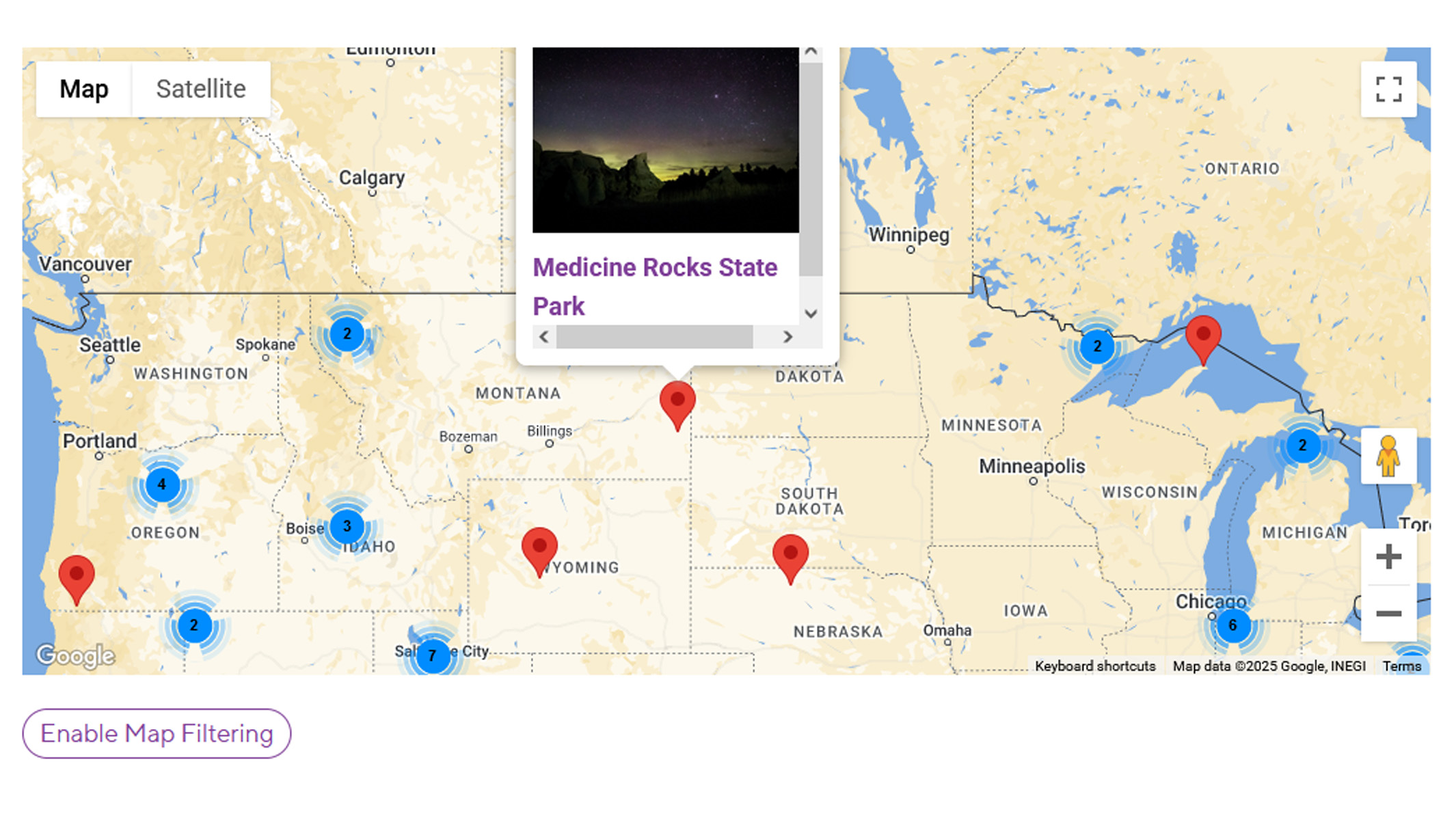
This leaves astronomers, sky watchers, and astrophotographers to focus on picking the right kit for their dark sky adventures.
The light meter readings (0-22 sky darkness, where 22 is darkest) have already been recorded, the darkest areas have been identified and these areas have become protected for future generations to enjoy as our ancestors did.
This guide outlines some of our favorite locations from the list of International Dark Sky Places but there are also apps and websites to help you source your own, such as Dark Site Finder.
Best locations for astrophotography and skywatching 2025
Kerry, Ireland

The Kerry International Dark Sky Reserve (IDSR) is located in County Kerry, South West Ireland. Not only was it Ireland's first Dark Sky Reserve, but it was also awarded the Gold Tier Award in 2014, the first in the Northern Hemisphere, and one of only four Gold Tier Dark-Sky Reserves in the world.
On clear 'moonless' nights you can see thousands of stars, the Milky Way, other planets, satellites and shooting stars. Kerry is breathtakingly beautiful in the daytime so there are plenty of opportunities to practice your landscape photography before the sunsets.
With several beaches, a graveyard, a church, a pub and a playground, there are plenty of features to make some interesting compositions, something which is easy to overlook when taking astrophotography shots.
The reserve has two zones, the core zone (the darkest area) and the buffer zone. In Kerry's reserve, many places in the buffer zones have equally dark areas, giving even more opportunities to experiment and find a unique shot. There is no entrance fee to the reserve, camping is permitted and there is plenty of other accommodation to choose from for those that like to retire to a warm bed.
- Read more: Dark Sky Reserves protecting the night sky
NamibRand Nature Reserve, Namibia
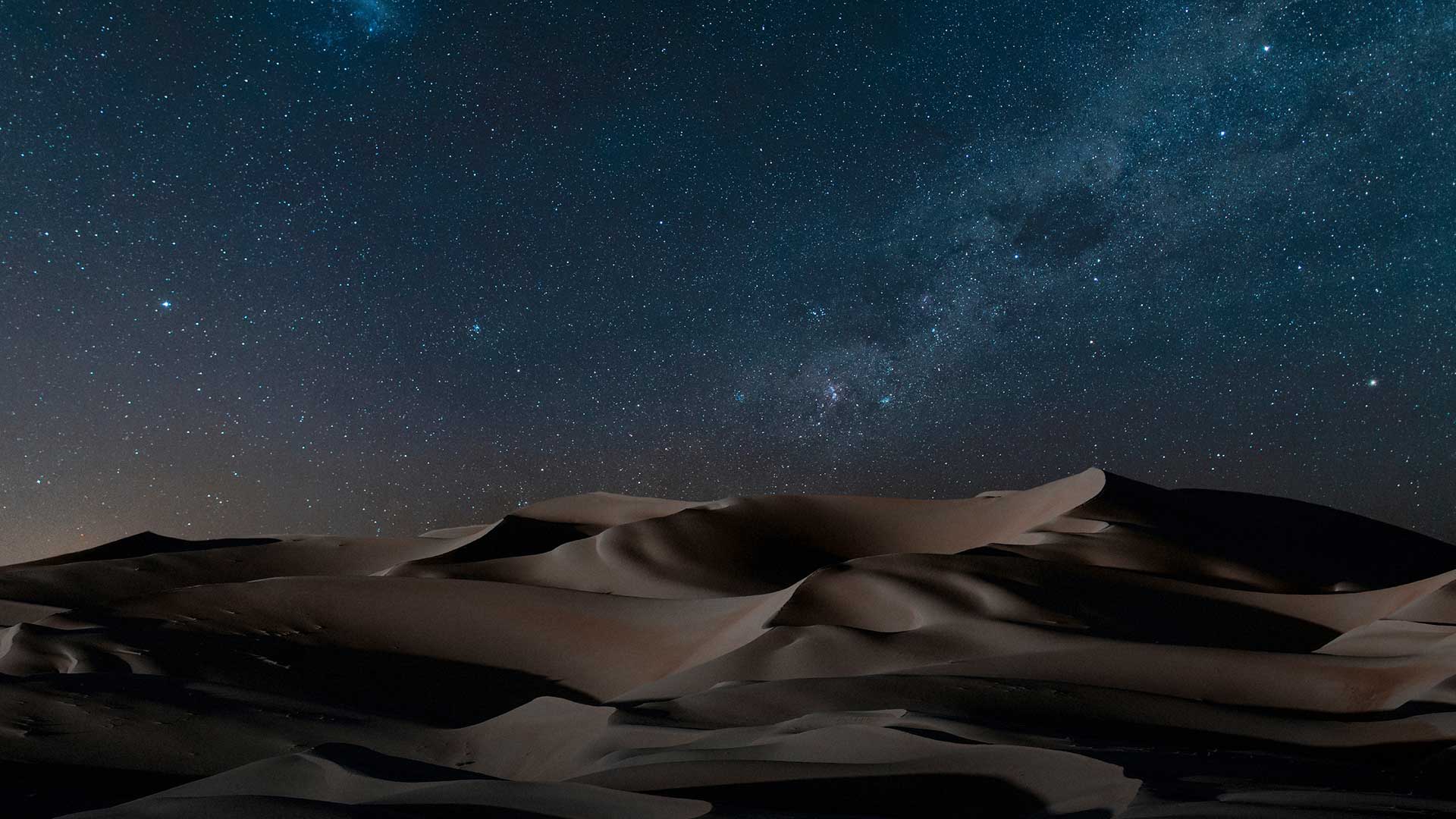
The 1500 square kilometer NamibRand Nature Reserve in Southern Namibia is another of the four Gold Tier International Dark Sky Reserves where the skies shimmer with stars, giving a 360-degree panorama of the sky. When the sun goes down, it has one of the darkest skies on earth but is also relatively accessible, the nearest villages are small and 97 kilometers away.
The original purpose of the reserve was to educate and conserve the unique ecology. Dark sky is part of that conservation plan, to mitigate the negative effects of artificial light on plant species and nocturnal and diurnal animal species.
May to September is dry and cloudless, ideal for getting those once-in-a-lifetime astrophotographs, with the best time of the month around a new moon. For those wanting to capture the Milky Way, you're spoilt for choice as it is visible from January through to November. If you're in need of a little help, read our top tips on how to photograph the Milky Way.
There are several options for accommodation including three private campsites in the reserve (Jupiter, Orion and Venus) run by NamibRand Family Hideout and the Wolwedans collection of camps.
- Want to stay out overnight skywatching and taking astrophotographs? You might need one of the Best stargazing tents on the market.
Westhavelland, Germany
This reserve, which became an International Dark Sky Reserve in 2014, covers 750 square kilometers of private and public land. Best of all, it's 70 kilometers west of Berlin, the closest IDSR to a major populated city.
It is a spot that is also famous for its wetland habitats for many endangered animals and plant species, ideal for practicing both landscape and wildlife photography during the daytime.
Amateur astrophotographers can book guided photography tours and there is an annual star party (in its 11th year) called WHAT, a place to meet like-minded astrophotographers and skywatchers. The clearest skies in Westhavelland are between mid-May and mid-July during the new moon and you may be lucky enough to see the Gegenschein.
River Murray Dark Sky Reserve, South Australia
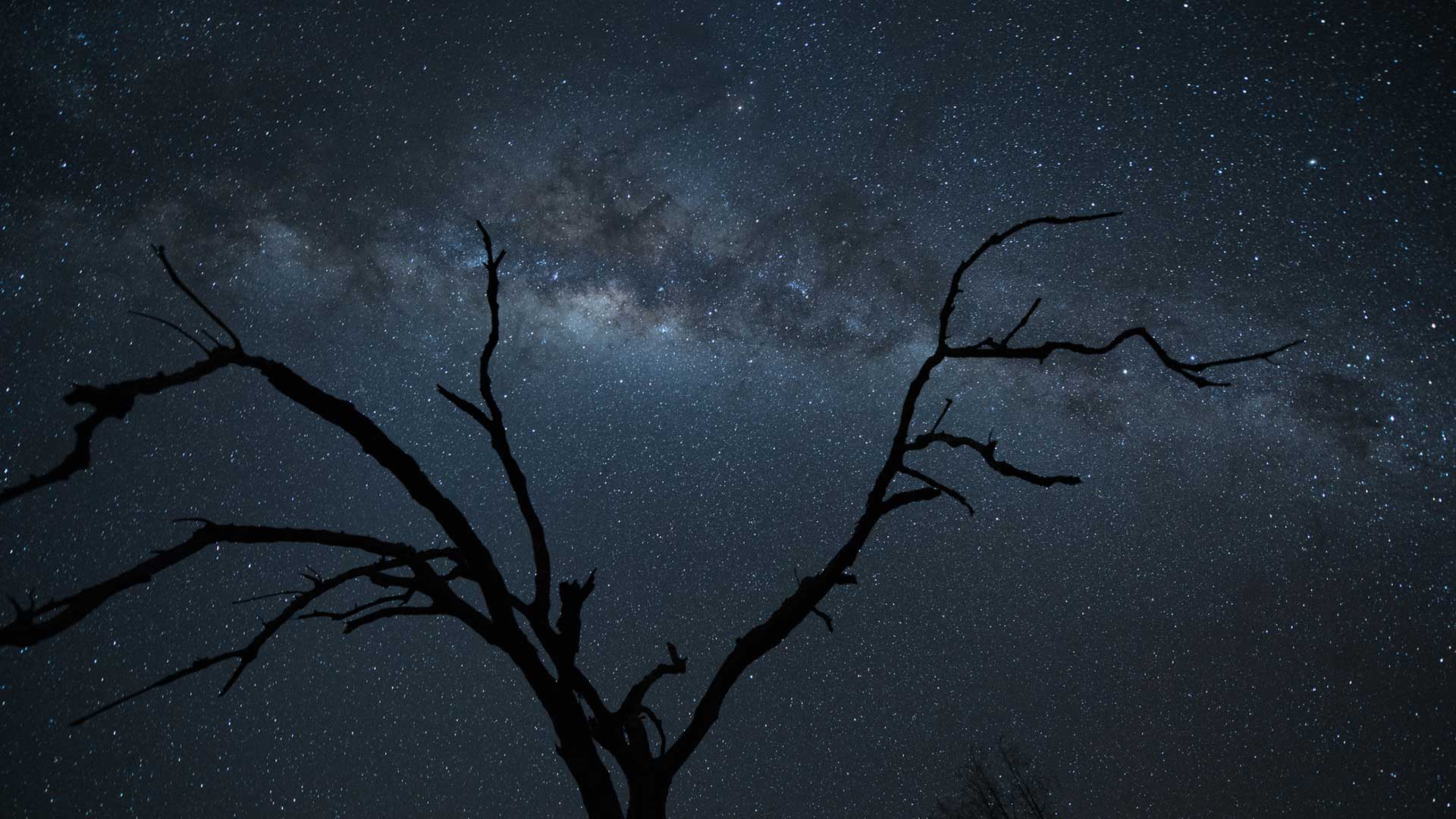
100 kilometers from Adelaide this IDSR, designated in 2019, was originally established to protect the nocturnal Southern hairy-nosed wombat which you might be lucky enough to spot when you're out at night. The extremely dark skies here are due to low population, extensive farmland and lack of major development and its IDSR status will ensure it stays this way.
The 'core' (darkest) site is Swan Reach Conservation Park which is 2000 hectares of bushland and you'll need a 4x4 to reach it (look out for Kangaroos). Free self-sufficient camping is permitted, however, there are no facilities so you need to be prepared. Check the South Australian Country Fire Service ahead of time for information regarding fire danger.
Another popular landmark in the reserve with easier access is the Big Bend Cliffs which run the length of the Murray River. Here you can witness the 200 million-year-old sandstone cliffs change color as the sun sets before the stars take over the sky. It's also a great opportunity to get a foreground photograph for astro compositing later.
Mont-Megantic, Quebec
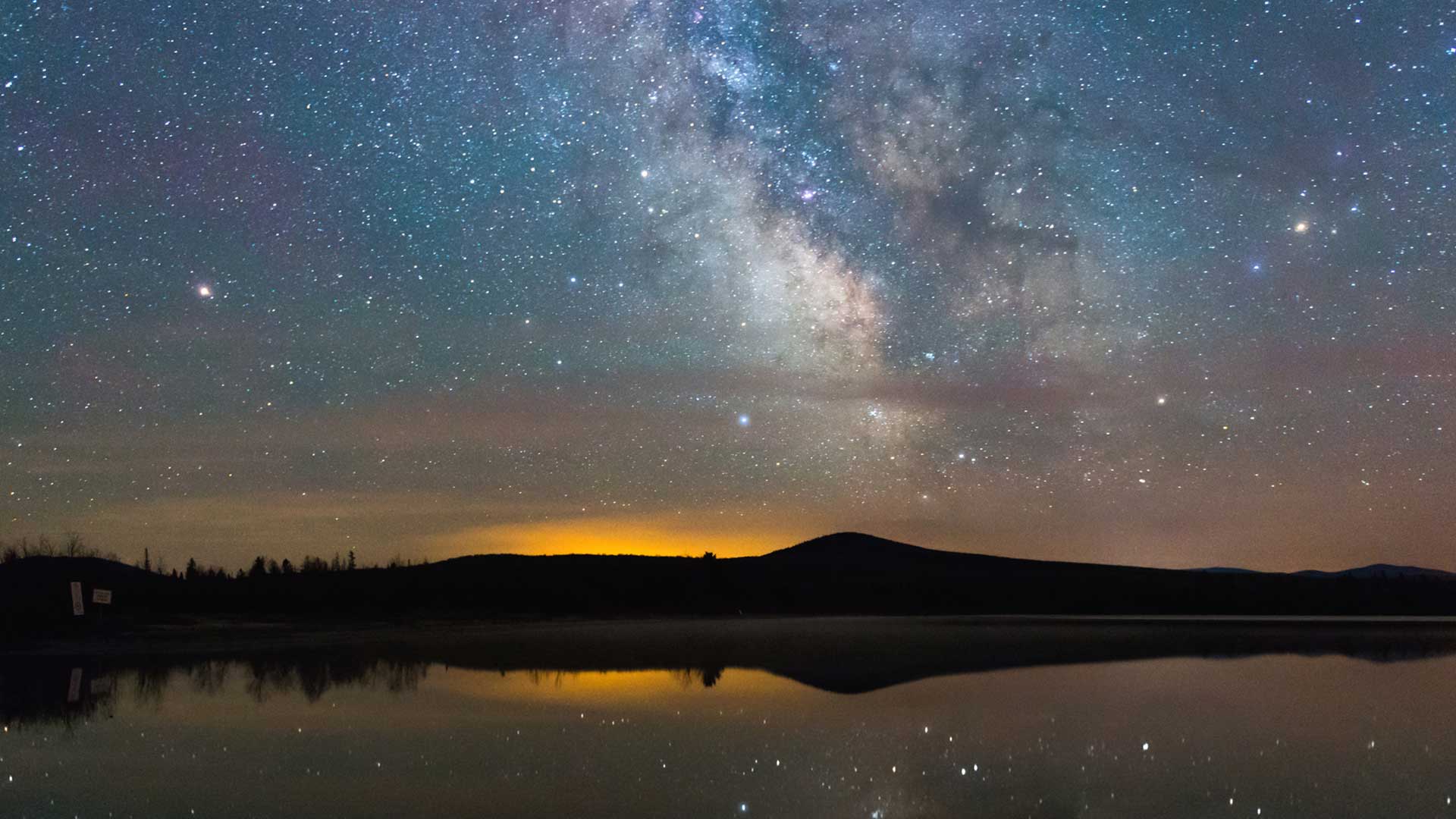
Mont-Megantic is located in the very first and largest International Dark Sky Reserve. It encompasses 34 cities and towns with more than 225,000 citizens. The peak, which is accessible by car, is where you'll find the Mont Megantic Observatory. Nearby you'll also find the ASTROLab museum and activity center with exhibitions, observatories and telescopes which are available for public use.
An astronomy lover's paradise, it's a popular spot due to the accessibility, tours and activities on offer, so this is probably one to miss if you prefer to be alone with your instruments. Each year during the Perseid Meteor shower in August the observatory holds observation nights. In 2022 this is August 11-13.
Moore's Reserve, South Downs, England, UK
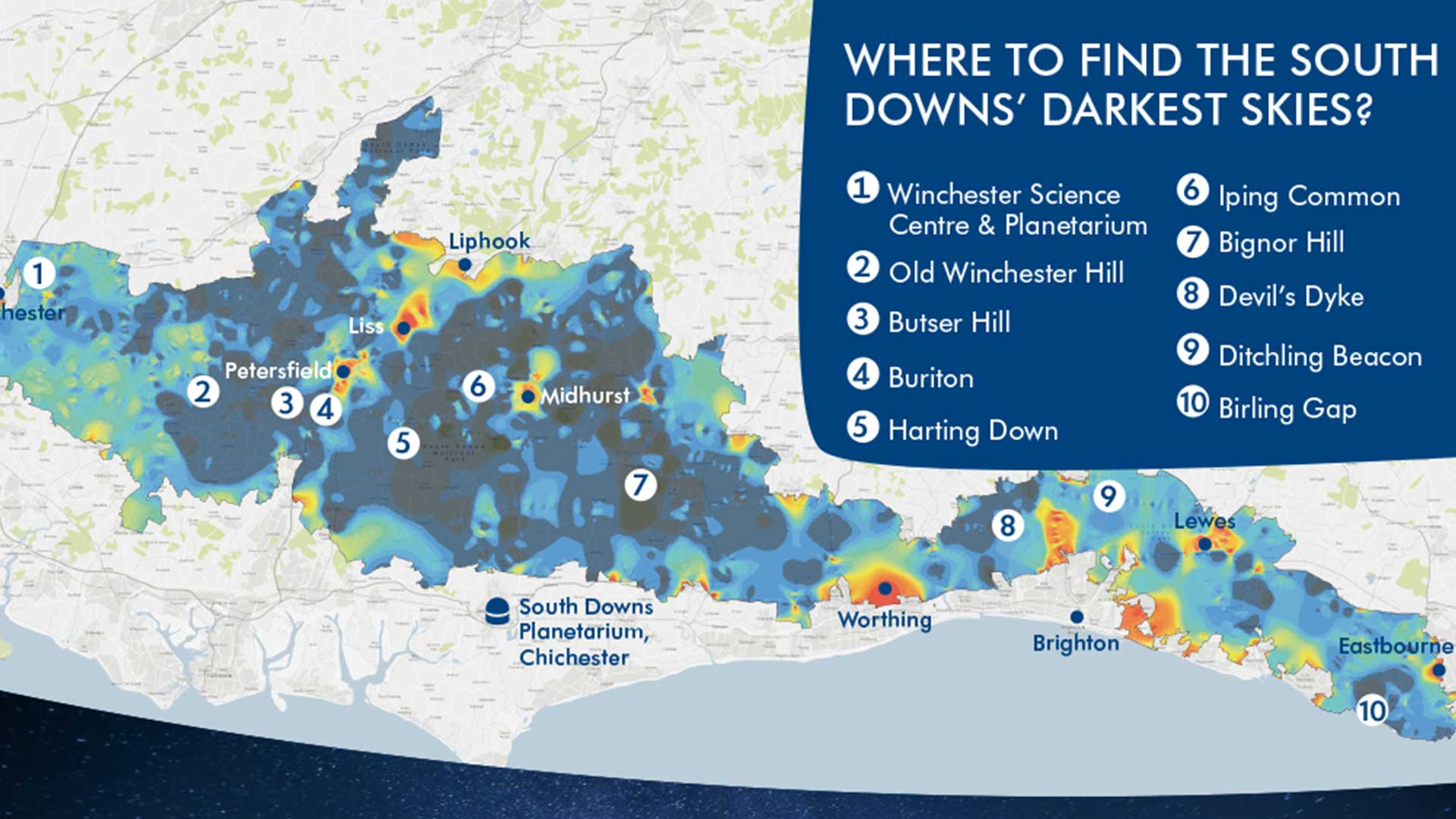
Named after English Astronomer Sir Patrick Moore, the South Downs site is approximately 100km from London. This spot has many photogenic features including an 18th-century windmill, famous chalk cliffs, Iron Ages Sites, rolling hills and windmills. All of which can provide interesting foregrounds for astrophotographers.
An annual Dark Skies Festival runs for two weeks every February. To make your location scouting even easier, there are 10 recognized 'discovery sites' which are all easily accessible by car.
Pic Du Midi de Bigorre, France
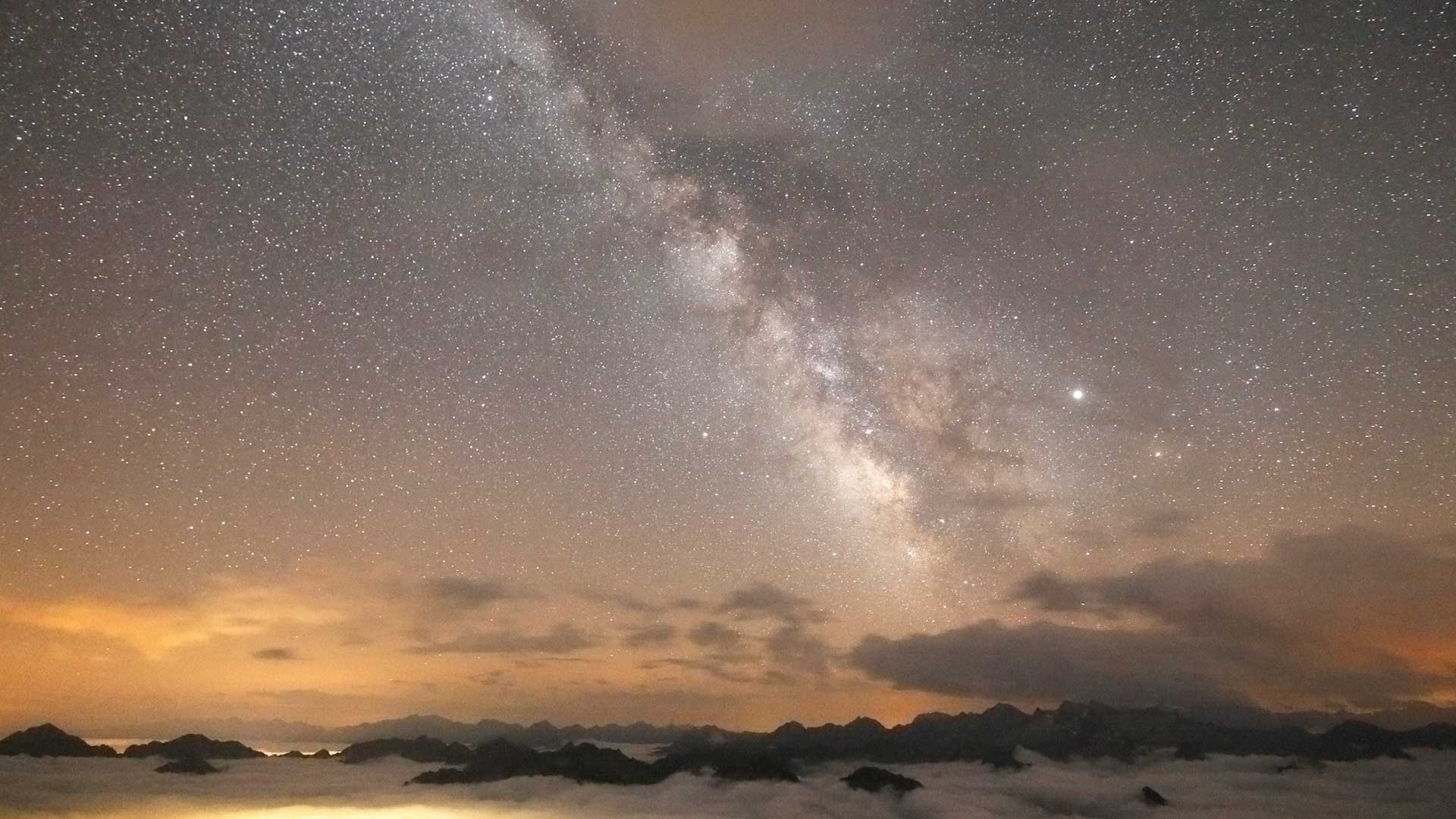
Pic Du Midi sits above the clouds in the stunning French Pyrenees Mountains. For that reason you'll need to park at La Mongie and catch the cable car for 15 minutes to reach the 9439 foot summit, but it offers absolutely breath-taking scenery along the way. Though, the rapid ascent to the top may not be for everyone (if you're pregnant or have certain health conditions, for example).
The Reserve covers 3,300 square kilometers of the Hautes-Pyrénées but people head to the summit of Pic Du Midi for the observatory, astonishing 360-degree views of crystal clear constellations and the Milky Way. You will have to book in at the luxury accommodation if you want to stay on the summit overnight, though.
This experience does come at quite a hefty price and also requires booking well in advance which means you take a gamble with the weather. At time of writing the stay costs approximately $560/night for a double room and there is nearly a two year waitlist.
Elan Valley, Wales, UK
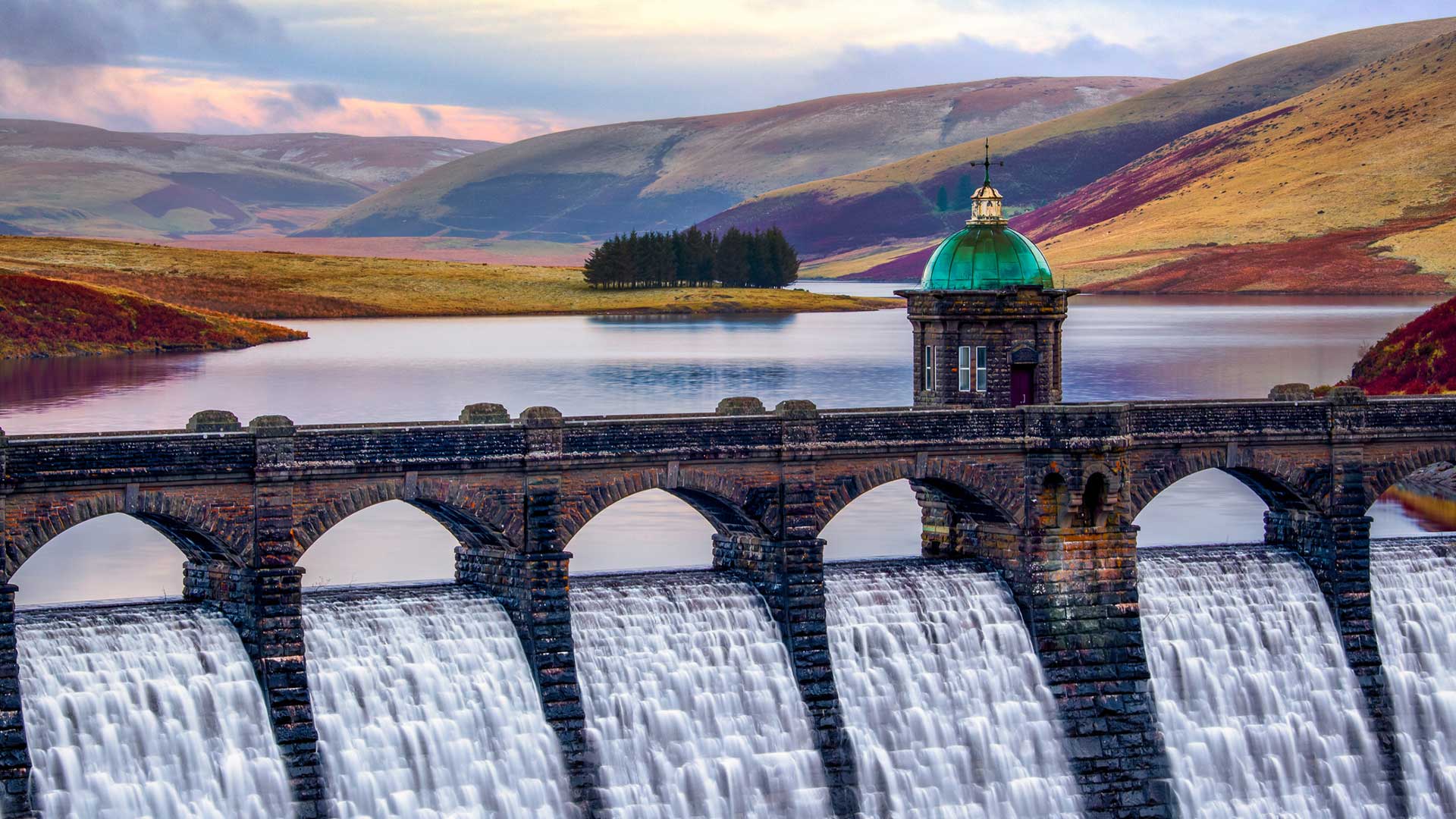
The Elan Valley in mid-Wales is the first privately owned but publicly accessible Dark Sky Park. It is located in the remote and tranquil Cambrian Mountains, home to some of the darkest skies in Europe.
The best time to see the Milky Way there is in Autumn and the beautiful and varied landscape makes it a great place to experiment and find that perfect composition for astrophotography.
If staying beyond darkness make sure you tell someone where you are going as the cellphone/GPS signal is very uncertain and the weather conditions can change quickly. It might be worth considering hiring a mountain guide to travel with you.
There are six impressive dams in the valley, and the reservoirs offer plenty of opportunities to experiment with water reflections, which can also be especially pretty during blue hour.
Between June and late July, you may be able to see the extremely rare Noctilucent clouds. There are a number of options to stay on the Elan estate in charming Farmhouses or B&Bs.
Though not exhaustive, hopefully the locations on this list have inspired the urge to stay up late (or get up early) and explore the magic of dark skies. There are, of course, countless other stunning and rural locations with skies dark enough to see glistening stars which don't have any official dark sky accreditation, so do write in if you have any particular highlights you want to share.
Join our Space Forums to keep talking space on the latest missions, night sky and more! And if you have a news tip, correction or comment, let us know at: community@space.com.
Get the Space.com Newsletter
Breaking space news, the latest updates on rocket launches, skywatching events and more!

Tantse Walter is a writer, photographer and travel enthusiast that has spent over a decade facilitating global adventurous expeditions. She loves getting into the nitty-gritty of sourcing and planning itineraries, getting out and about in nature, and admiring the night sky.
- Chris McMullenContributing Writer

